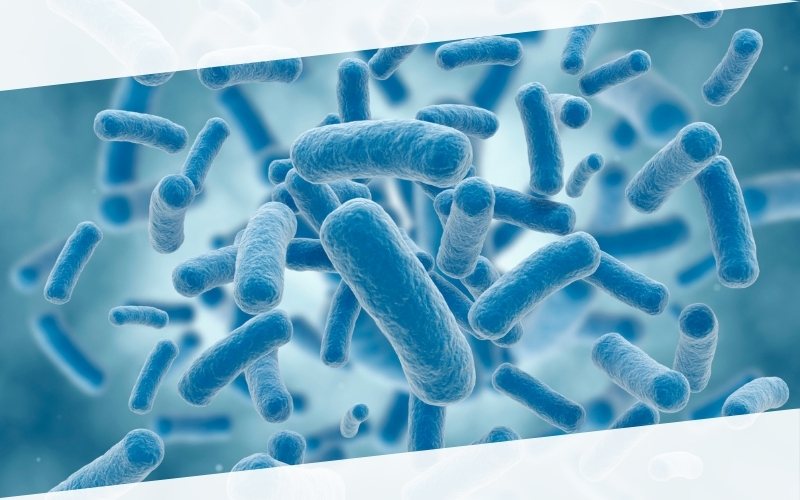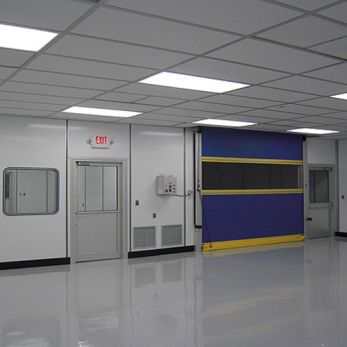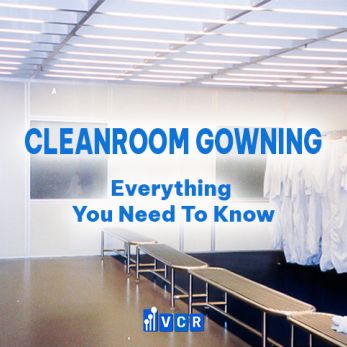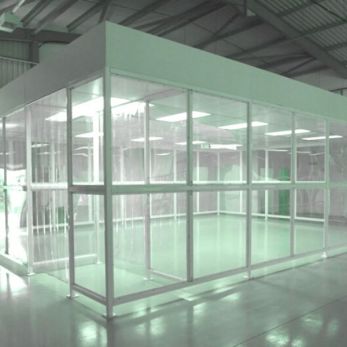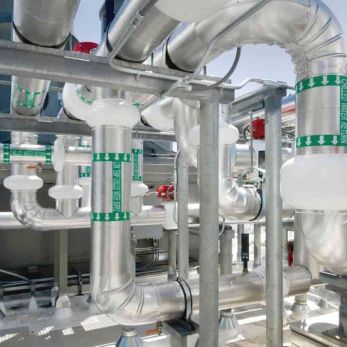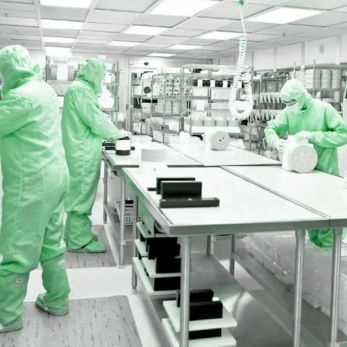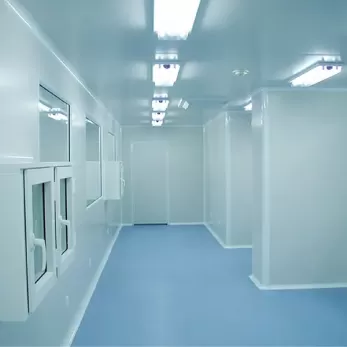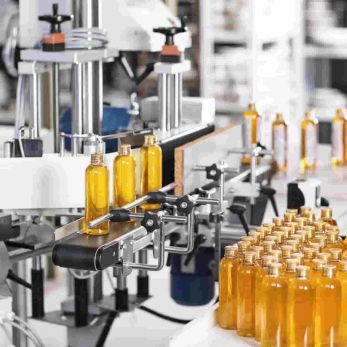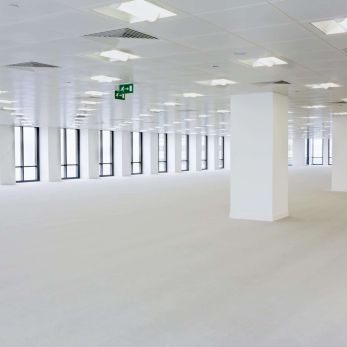Contamination in cleanroom: How many types and where does it come from
Contamination is a major threat to special environments like clean rooms. To maintain cleanliness level in cleanroom, we must understand cleanroom contamination types and cleanroom contamination sources. Let's find out! 1. Cleanroom contamination types
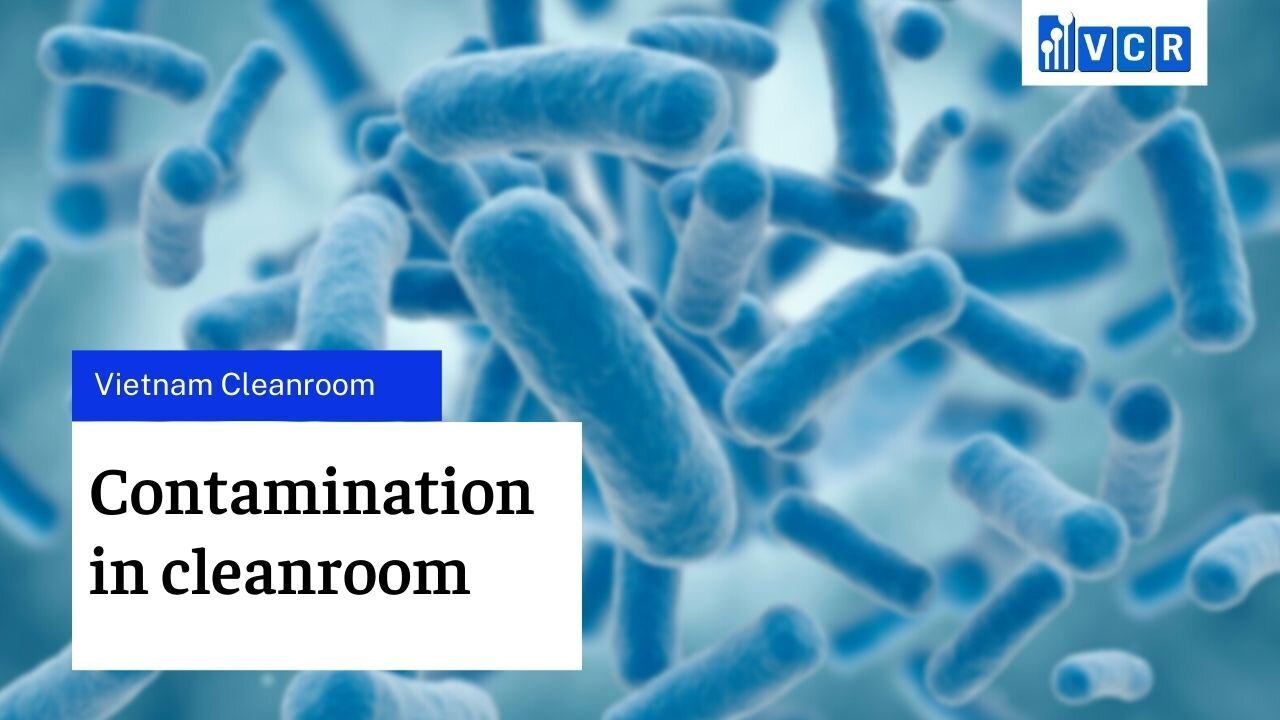
Contamination is a major threat to special environments like clean rooms. To maintain cleanliness level in cleanroom, we must understand cleanroom contamination types and cleanroom contamination sources. Let's find out!
I. Cleanroom contamination types
According to Mr. Kozicki & friends, cleanroom contamination is divided into 3 categories: airborne particulates, biological particles, gas & vapors.
- Airborne Particulates: These particles include metal fragments from damaged semiconductor wafers, lint from clothes, human hair, and skin flakes.
- Biological particles: Biological particles such as bacteria, fungi can grow in light and darkness. The residue of these growth processes can be highly hazardous.

- Gases and vapors: Condensed organics can be used as bacteria growth environment, or a variety of materials can evaporate and then condense as films or particles.
II. Cleanroom contamination sources
1. External natural sources
The natural environment is a huge source of particulate contamination. In a general sense, the types of contaminants will vary with the region, for example, desert or beach areas will have mainly silica and little else, whereas farm areas will have larger proportions of natural nitrates from the soil.
2. External industrial sources
The industry is also a generator of external contamination. One of the largest types of industrial particulate contamination is carbon-based fly ash and carbon particles (soot) produced by the combustion of fossil fuels such as coal and oil.
The actual concentrations of particulate and gaseous contamination in the outside air, like those from external natural sources, are highly dependent on geographical location. Maximum particle sizes are typically in the hundreds of microns range (mainly plant material in windy areas) or tens of microns range (organic and inorganic materials in calm areas). Thousands of these larger particles per cubic foot of air are not uncommon.
However, because smaller particles are easier to transport, the number of these smaller entities is inevitably higher, for example, several million per cubic foot of around 0.5 micron in size.
3. Personnel
Human is one highly significant source of internal contamination to the production environment. Even the cleanest people produce huge amounts of contamination as part of the process of living.
The most significant contamination produced by humans is skin flakes. The human body defends itself by sacrificing its outermost layer of skin and allowing it to become disposable. This may keep us alive, but it is a nightmare from a contamination control viewpoint.
A motionless person will generate 100,000 particles of approximately 0.3 to 0.5-micron diameter per minute, according to a good rule of thumb. When the subject begins an activity, the increased abrasion of clothing against skin and limbs against the body, as well as the constant expansion and contraction of the flexible skin, results in a greater number of particles being expelled.
4. Equipment and facilities
Equipment is a significant source of contamination in the cleanroom. Many pieces of equipment contain moving parts. Any moving part is a potential source of contamination, especially if friction is involved.
Non-moving materials in equipment can also be a source of contamination. Coated materials such as painted steel can cause problems when the paint dries out and flakes off due to heat or chemical action. Most paints will outgas for many years after their application because of the retention of small amounts of their liquid component. This effect gets much worse when the surface is heated.
Even “clean” metal surfaces are a contamination source, as the process of forming the components (casting, machining, and so forth) will leave residual particles.
The article above illustrates the basics of cleanroom contamination. Hope you will enjoy reading it!
Source: Ebook Cleanrooms - Micheal Kozicki
Vietnam Cleanroom Equipment (VCR) specializes in providing cleanroom equipment for construction contractors. We provide high-quality products with competitive prices and large quantities nationwide. The equipment includes:
Differential pressure gauge, FFU Fan Filter Unit, Pass box, Clean room air filter, HEPA box, Clean booth, cleanroom steel door, Isolator cabinet, and other equipment
For details, please refer to Vietnam cleanroom equipment official website






